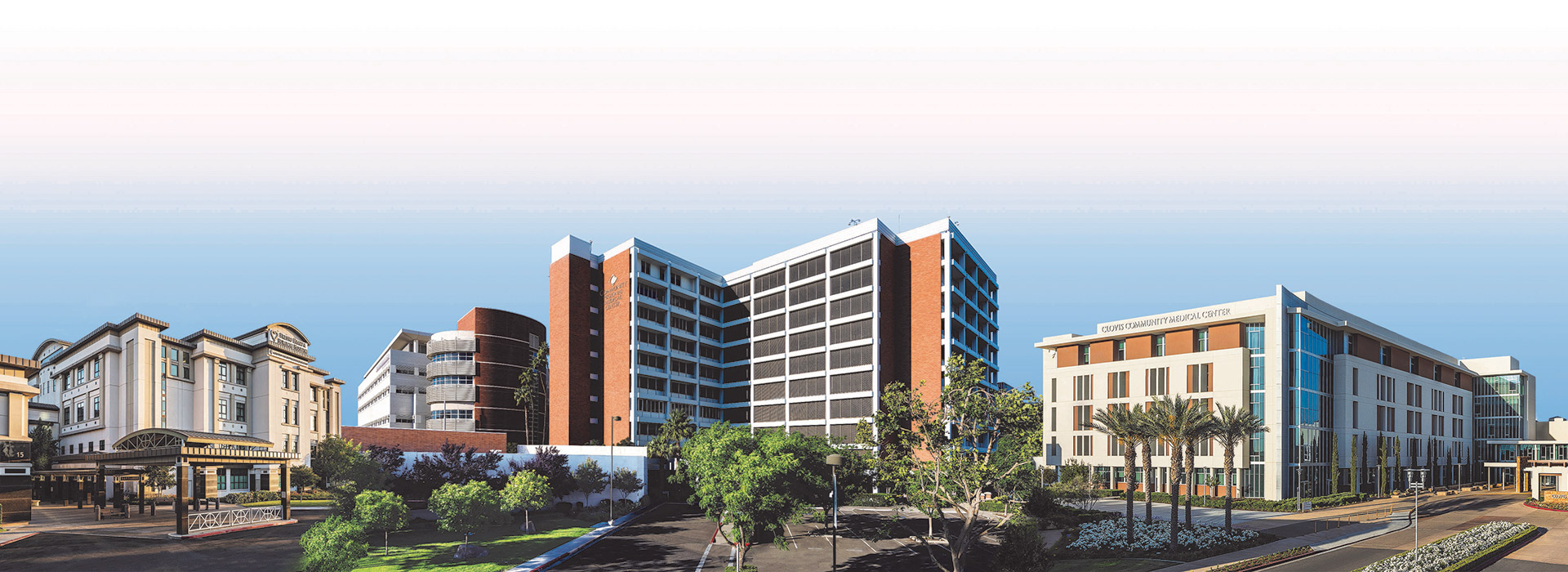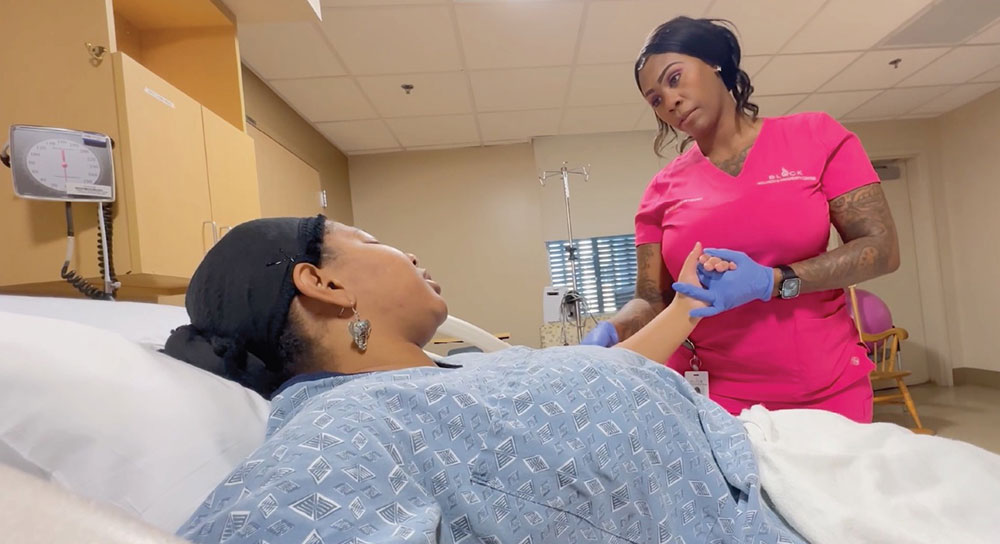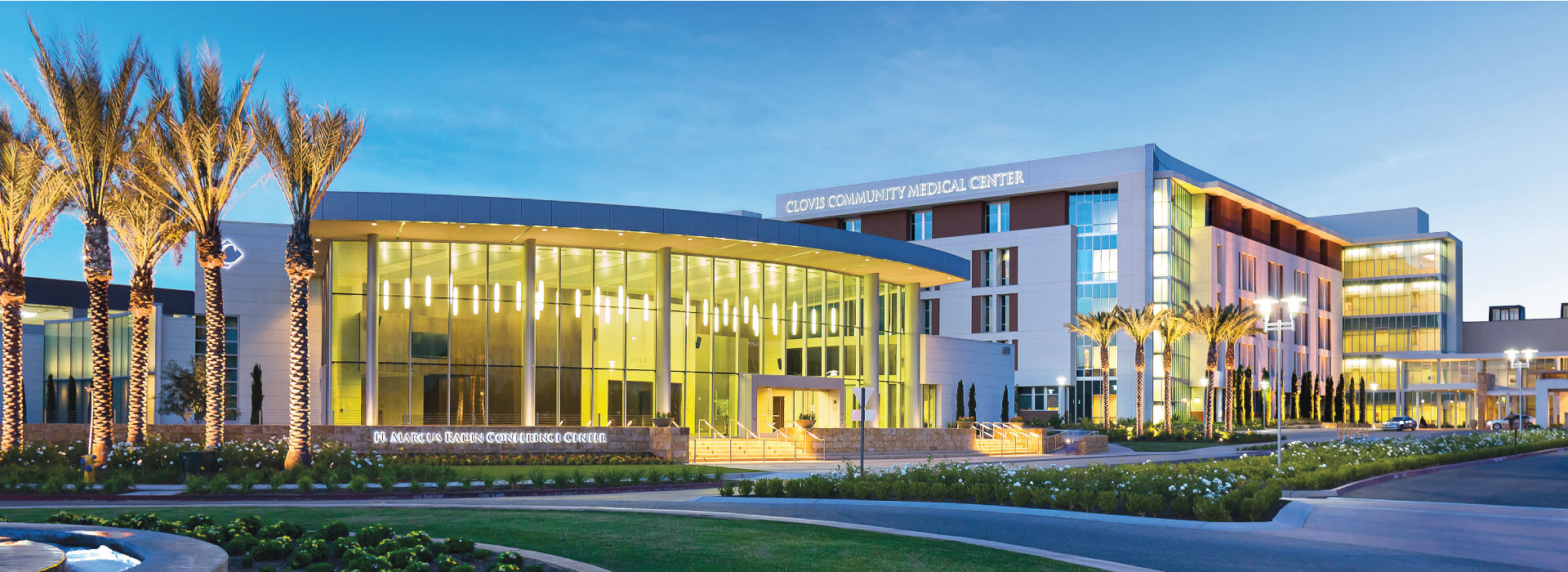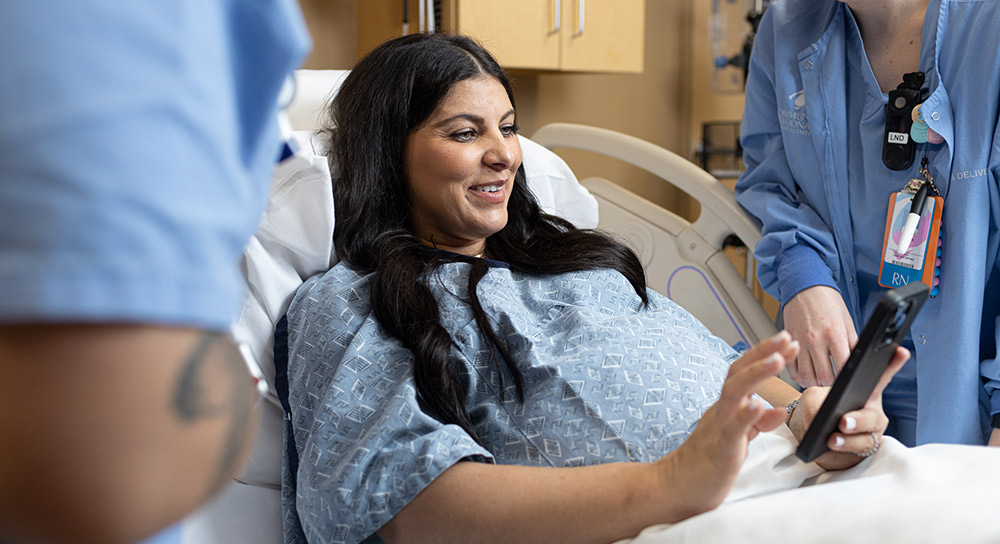 It’s not what you hear – it’s what you don’t hear today and every other day from now on near the railroad tracks by Community Regional Medical Center. Thanks to a partnership between Community Regional Medical Center, the City of Fresno, Burlington Northern Santa Fe Railroad and others, the train horns have ceased while safety has improved near the track crossings.
It’s not what you hear – it’s what you don’t hear today and every other day from now on near the railroad tracks by Community Regional Medical Center. Thanks to a partnership between Community Regional Medical Center, the City of Fresno, Burlington Northern Santa Fe Railroad and others, the train horns have ceased while safety has improved near the track crossings.
The $1.2 million Railroad Quiet Zone project silenced train horns along the Burlington Northern Santa Fe Railroad from Ventura Street to Hammond Avenue. It was completed on April 23, and the first two weeks of implementation have proven to be successful, said City of Fresno public works director Patrick Wiemiller.
The project, in development since 2006, was completed ahead of the original fall 2011 completion date as a result of Community Regional’s donation of $245,000 and its interest-free loan of $600,000 to the city. This is an investment Community officials said they were compelled to make to not only improve the quality of care and aesthetics, but to give the neighborhood an added measure of safety.
This is the first area in Fresno to be designated as a Railroad Quiet Zone.
The city suggests that citizens traveling in these areas can help keep the train horns silenced by following a few simple guidelines:
 Cross tracks only at designated pedestrian or roadway crossings. These are the only legal and safe places to cross.
Cross tracks only at designated pedestrian or roadway crossings. These are the only legal and safe places to cross.
Flashing red lights signal that a train is approaching from either direction. Flashing red lights must be treated like a stop sign. Pedestrians can be fined for failure to obey these signals.
Observe and obey all warning signs and signals.
Do not cross the tracks immediately after a train passes. A second train might be blocked by the first. Wait until the lights have stopped flashing.
Never walk down a train track; it's illegal and it's dangerous.
Community Regional chief operating officer Phyllis Baltz said at a news conference on May 7, that pedestrians, motorists, homeowners, Community Regional patients, visitors and staff have all benefitted from this project.
“Once again, thanks to everyone involved in this collaborative partnership and for giving us this win-win situation,” Baltz said.
This story was reported by Mary Lisa Russell. She can be reached at mrussell@communitymedical.org.


 It’s not what you hear – it’s what you don’t hear today and every other day from now on near the railroad tracks by Community Regional Medical Center. Thanks to a partnership between Community Regional Medical Center, the City of Fresno, Burlington Northern Santa Fe Railroad and others, the train horns have ceased while safety has improved near the track crossings.
It’s not what you hear – it’s what you don’t hear today and every other day from now on near the railroad tracks by Community Regional Medical Center. Thanks to a partnership between Community Regional Medical Center, the City of Fresno, Burlington Northern Santa Fe Railroad and others, the train horns have ceased while safety has improved near the track crossings.


